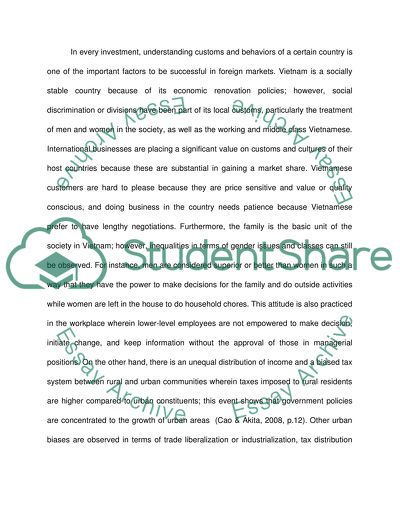Cite this document
(“International Marketing of Marks & Spencer (M&S) in Vietnam Essay”, n.d.)
Retrieved from https://studentshare.org/marketing/1395591-international-marketing
Retrieved from https://studentshare.org/marketing/1395591-international-marketing
(International Marketing of Marks & Spencer (M&S) in Vietnam Essay)
https://studentshare.org/marketing/1395591-international-marketing.
https://studentshare.org/marketing/1395591-international-marketing.
“International Marketing of Marks & Spencer (M&S) in Vietnam Essay”, n.d. https://studentshare.org/marketing/1395591-international-marketing.


